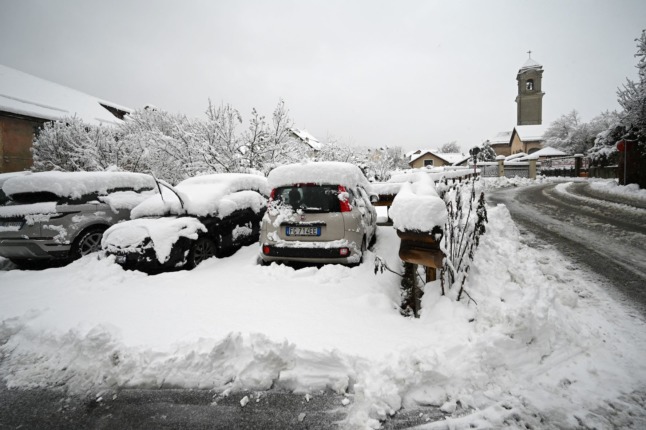Det blev i aften grønnere at være dansker. Markante CO2-reduktioner og en grønt skattereform i bredt samarbejde. Det lover godt for nye kvantespring i efteråret. #ViErKunLigeBegyndt pic.twitter.com/gFbip5jDfE
— Morten Østergaard (@oestergaard) June 21, 2020
Endnu engang udskydes den klimahandling, der skulle være gennemført for længst. Frie Grønne nægter at grønstemple en regering, der tydeligvis ikke har forstået klimakrisens presserende alvor. Derfor forlader vi klimaforhandlingerne. En langsom sejr er et nederlag #dkpol #dkgreen
— Sikandar Siddique (@SikandaSIDDIQUE) June 21, 2020




 Please whitelist us to continue reading.
Please whitelist us to continue reading.
Member comments